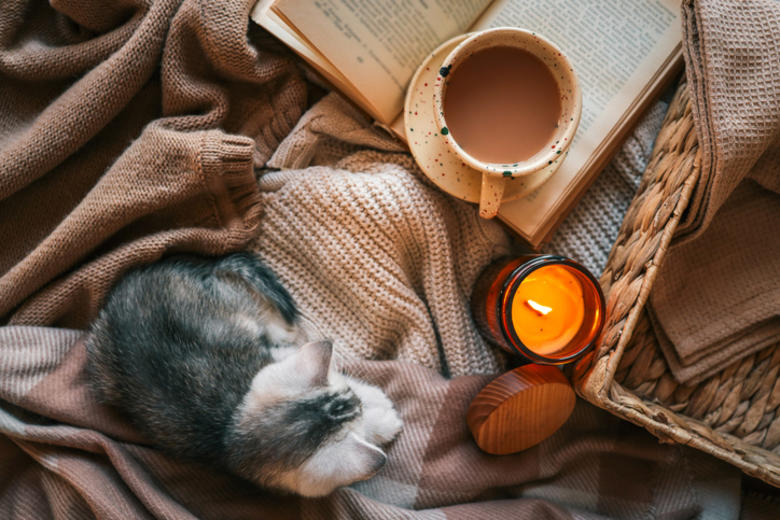FORMER PEMBROKE ROWER, OLYMPIC ARTIST FOR PARIS 2024

FORMER PEMBROKE ROWER, OLYMPIC ARTIST FOR PARIS 2024
Annabel Eyres is at the heart of the 2024 cultural Olympics, the revival of an older tradition
Published: 9 July 2024
Author: Richard Lofthouse
Share this article

Annabel Eyres (Pembroke, 1984)will open the Paris 24 Olympian Artist exhibition on July 25 with the President of the International Olympic Committee, but the call to participate came in May 2023 and it has been a competitive and gruelling lead-up.
Originally studying Fine Arts at the Ruskin School, while a student at Pembroke College, Annabel attained two Blues rowing for Oxford in 1987 and 1988, going on to row in the Barcelona Olympics in 1992 in the 2000m women’s double sculls (Shown, right).
This unusual combination of skills, Annabel remembers, echoed across her college Pembroke, where at the time Sir Roger Bannister (Exeter, 1946) was the Master – he of the Four Minute Mile fame – and married to an artist.
‘I knew them well. He was very encouraging, very supportive of my rowing; and his wife was an artist – they could see both sides of me. I felt that he enjoyed the rowing.’
She explains that there was originally a cultural Olympics until the late 1940s but then it faded away thereafter, making a revival in recent years.
She explains that for Paris 2024, there are six official artists, from over 130 applicants, the prerequisite being that you have to have competed in a sport at a previous Olympics and be a professional artist.
The Committee opted for a range of artistic media – a sculptor, a photographer, a painter.
‘I’m a fine artist but in this context a bit graphical/collage-y.’
She explains that at one point in a marvellous career that has including coaching rowing back at Magdalen College, she had to set up a T-Shirt company connected to rowing.
‘I taught myself under a certain pressure of time! But the result was a series of graphical designs and it took me in a new creative direction that can be seen here in the eight works I have produced for the Olympics.’
Looking back to her time at the Ruskin, she has a particular respect for Jane Greenham (nee Dowling, 1925-2023), a hugely influential artist of her generation plus, as Annabel recalls in particular, an expert in the intricate process of egg tempera oil painting, where scalpel-like detail can be achieved with fine pigment glazes, recalling the Old Masters and other modern revivals such as the German Neue Sachlichkeit movement in the 1920s.
‘I was less enamoured of some of male art tutors who tended to go drinking at lunchtimes!’
She also remembers paying huge attention to painting organisms preserved in formaldehyde, including macabre examples such as foetuses, ‘but while I was well aware of Jane [Greenham, nee Dowling], for some reason I never got to be taught egg tempera by her – a regret.’
It was a colourful time, warmly remembered. She says, ‘I shared a house with Rachel Johnson and Hugh Fearnley-Whittingstall whilst at uni - not really relevant but many funny memories!’
Fast forward to now, and Annabel still rows and was in the Women’s Veteran Boatrace last year – and is still an artist.
She holds that viewing this combination of interests and skills as odd or ‘unusual’ is a uniquely British failure of the imagination.
In a recent interview for OX Magazine, she said:
‘Interestingly, in the UK the pursuit of art and sport are seen as polar opposites, a very different mindset to that in the US, for example. Even when I was studying art full-time, it was a struggle for me to be taken seriously as an artist when I was also spending a lot of time rowing.’

The history of the Olympics to some extent bears this out, originally including a cultural Olympiad, then becoming more exclusively about sport after World War Two, when science came to bear, but now reasserting the need for balance by acknowledging the whole human at the heart of performance – the joy of sport and the spirit and aesthetic implied by pursuing a discipline to the highest achievable level.
When Pierre de Frédy, Baron de Coubertin set up the modern Olympic games his intention was that they would be far broader than the sports themselves, and from 1912 to 1948 medals were also awarded for works of art inspired by sport, in categories including architecture, literature, music, painting, and sculpture.
Annabel says, ‘The [artist] programme is intended to encourage people to promote Olympic ideals and values through art and get people talking about the parallels of art and sport, the beauty, the inclusivity and so on.’
For her artistic contribution Annabel has included breakdancing – a brand new Olympic discipline for 2024 – and surfing, infused by yoga practice; equestrian pursuits recalling a childhood riding obsession connected to her grandparents’ home in the New Forest, where she lives again today; swimming; running and – of course – rowing.
On rowing, expressed as art, she says: ‘There’s a perfect balance when all the crew members are physically doing exactly the same thing as one another, and the boat runs smooth, fast and sleek. There’s a geometry to the way the rowers and their blades [oars] move and there’s a symmetry to the way the boats move, whether viewed from the front or above and these have long inspired me from a design point of view.’















